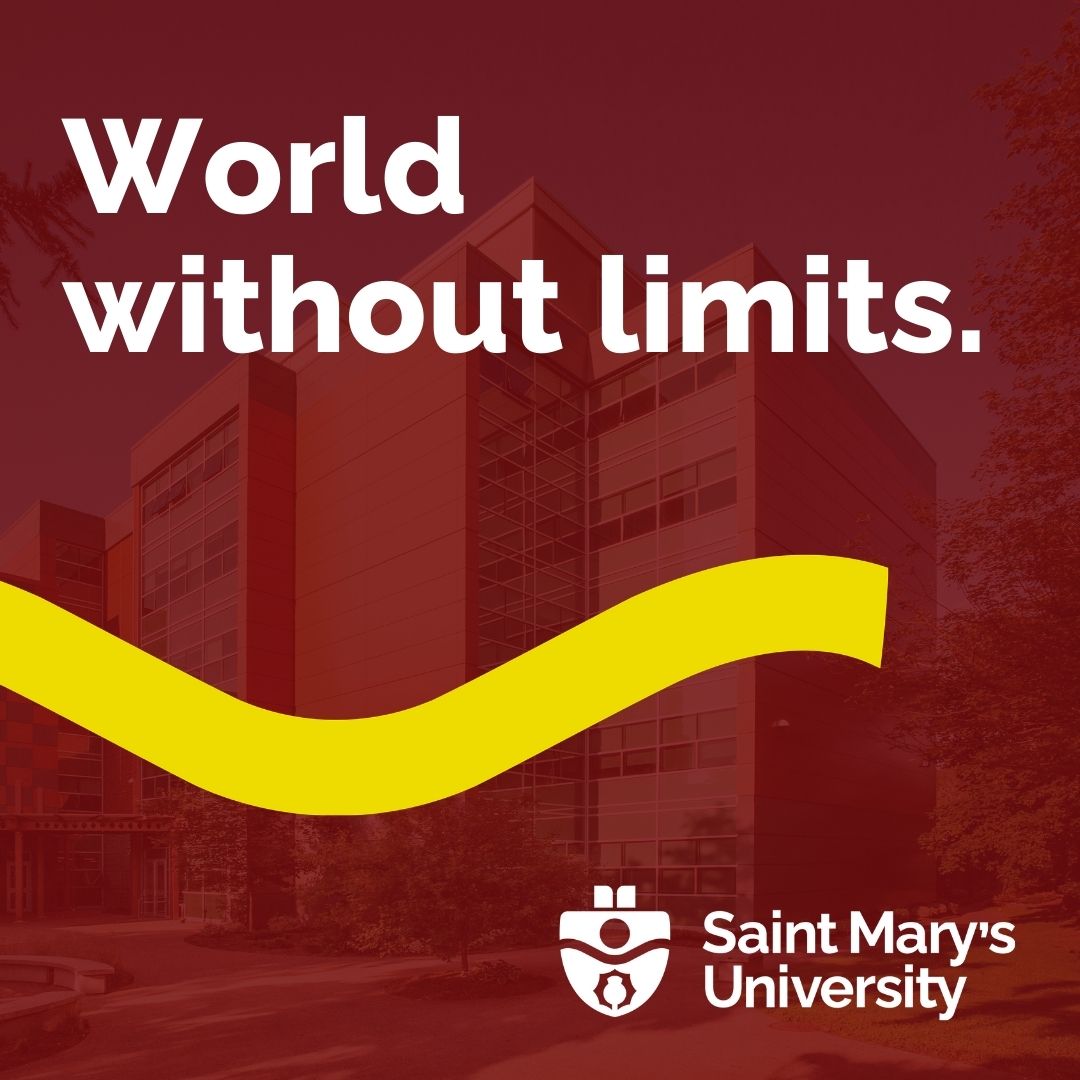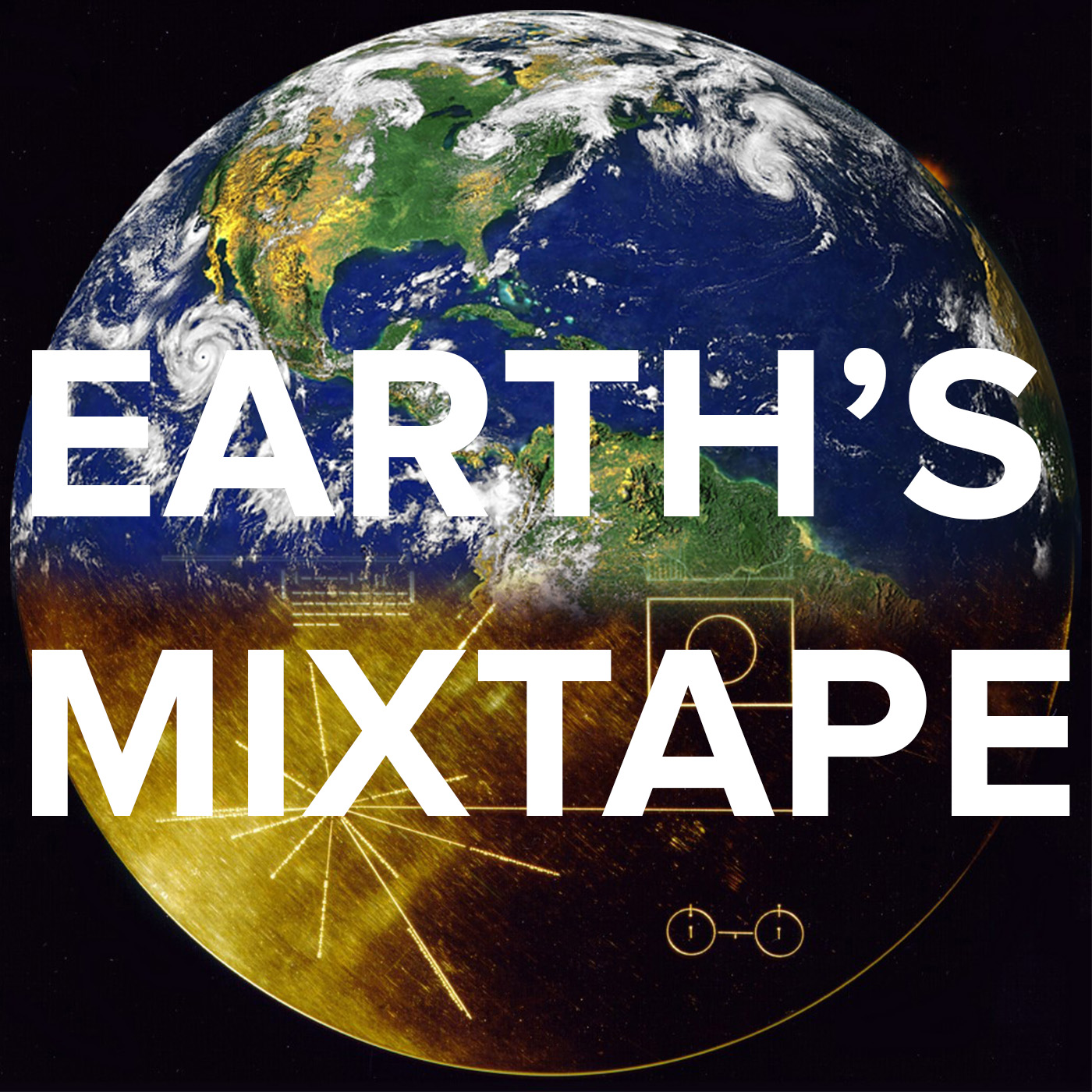Curriculum Outcomes involved:
- Earth and Space Science: Water System on Earth
- Waves, Tides, and Water Currents
- Carry out procedures in order to investigate how temperature differences in water cause currents
- Explain how waves and tides are generated
- Formulate operational definitions, on the basis of investigations of waves for: wave length, height, crest, trough
- Shorelines
- Explain how waves and tides interact with shorelines
- Waves, Tides, and Water Currents
- Physical Science: Fluids
- Floating and Sinking - Density
- Describe the relationship among the mass, volume, and density of solids, liquids, and gases using the particle model of matter
- Analyze quantitatively the density of various substances and suggest explanations for discrepancies in data, such as the measurement of the volume of irregular objects by water displacement
- Explain the effects of changes in temperature on the density of solids, liquids, and gases and relate the result to the particle model of matter
- Describe situations in life where the density of substances naturally changes or is intentionally changed
- Forces in Fluids
- Describe the movement of objects in terms of balanced and unbalanced forces
- Describe qualitatively the difference between mass and weight
- Explain quantitatively the relationship between force, area, and pressure
- Explain qualitatively the relationship among pressure, volume, and temperature when liquid and gaseous fluids are compressed or heated
- Floating and Sinking - Density
- Physical Science: Optics
- Properties of Visible Light
- Identify and describe the following properties of visible light
- Travels in a straight line (rectilinear propagation)
- Speed of light in air is 300,000 km/s
- Reflection
- Refraction and dispersion
- Travels in a vacuum and in some types of media
- Identify and describe the following properties of visible light
- Reflection
- Describe the laws of reflection of visible light and their applications in everyday life
- Regular versus diffuse reflection
- Angle of incidence = angle of reflection
- Formulate operational definitions for incidence, reflection, and the normal
- Estimate angles of incidence and reflection
- Construct an optical device using mirrors
- Identify and correct practical problems in the way a constructed optical device functions
- Describe the laws of reflection of visible light and their applications in everyday life
- Refraction and Dispersion
- Predict the effect of transparent media of varying densities on the angle of refraction of light
- Estimate angles of refraction
- Describe qualitatively how visible light is refracted
- Estimate focal length of a convex lens by finding its focal point
- Electromagnetic Radiation
- Describe different types of electromagnetic radiation, including infrared, ultraviolet, X-rays, microwaves, and radio waves
- Compare the properties of visible light to the properties of other types of electromagnetic radiation, including infrared, ultraviolet, X-rays, microwaves, and radio waves
- Explain the importance of using the words frequency and wavelength correctly
- Properties of Visible Light
Demonstrations that may apply to your lesson plans:
- Earth and Space Science: Water System on Earth
- Waves, Tides, and Water Currents
- Shorelines
- Physical Science: Fluids
- Floating and Sinking - Density
- Forces in Fluids
- Physical Science: Optics
- Properties of Visible Light
- Reflection
- Refraction and Dispersion
- Electromagnetic Radiation
If you are a teacher and would be interested in helping us develop appropriate demonstrations for Grade Eight, please feel free to



